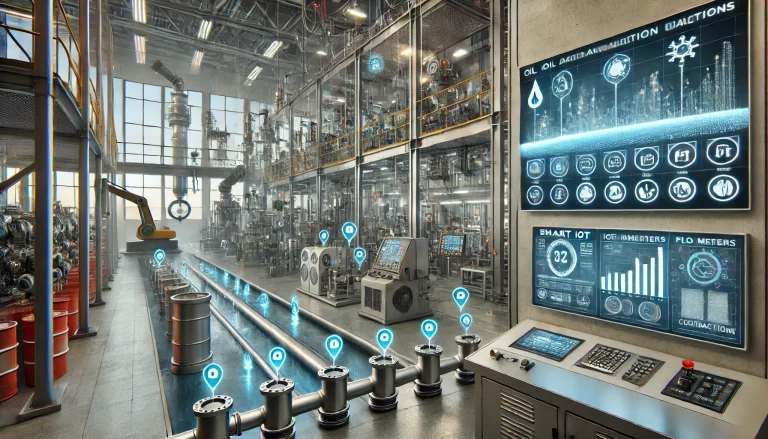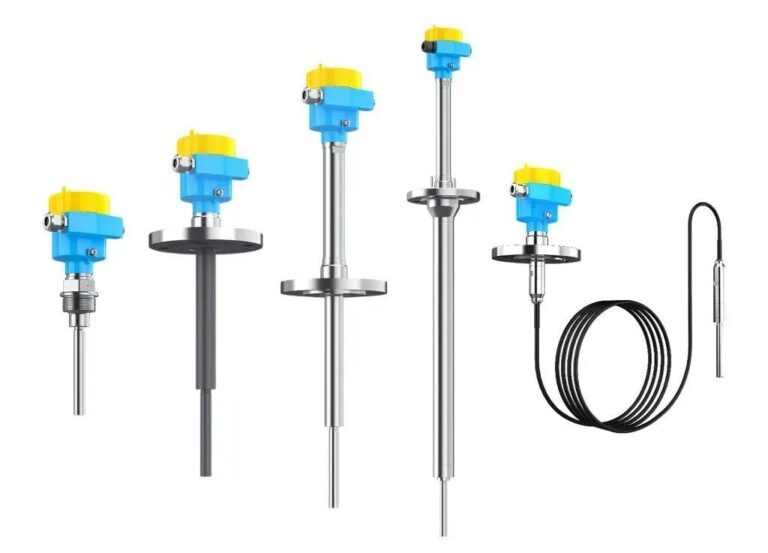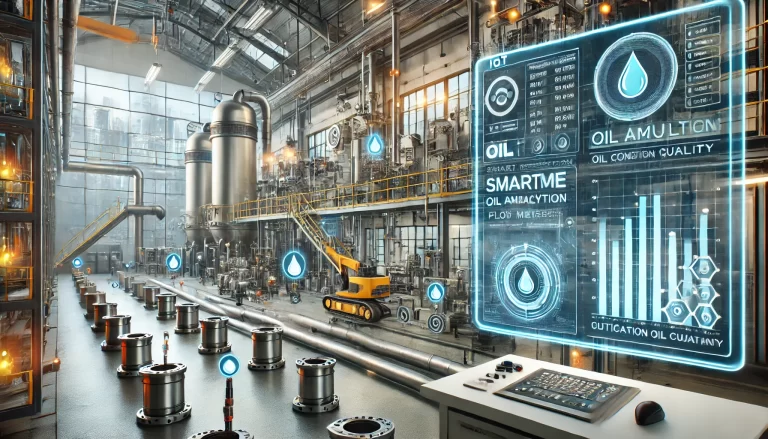Oil analysis plays a crucial role in equipment management and is widely applied in various industries, including mechanical equipment, automotive, aerospace, marine, mining, and industrial machinery. By continuously monitoring the condition of lubricating oil, potential faults can be detected early, ensuring equipment reliability, extending service life, and reducing maintenance costs. With technological advancements, oil analysis techniques have become increasingly sophisticated, playing a pivotal role in industrial equipment management.
I. Basic Principles of Oil Analysis
Oil analysis involves evaluating the physical, chemical, and mechanical parameters of lubricating oil to assess its quality changes and their impact on equipment operation. Lubricating oil serves several key functions, including lubrication, cooling, sealing, and cleaning. Any degradation in its properties directly affects the operational efficiency and longevity of machinery. By employing precise measurement methods, oil analysis provides vital diagnostic information to enhance equipment performance and prevent failures.

II. Key Aspects of Oil Analysis
1. Physical Property Analysis
The physical properties of oil, such as viscosity, density, flash point, and pour point, serve as critical indicators of oil quality. Changes in these properties can impact lubrication efficiency, leading to increased mechanical wear. For instance, if the viscosity is too high, the oil may not flow effectively, causing inadequate lubrication. Conversely, if it is too low, it may fail to form a protective film between moving parts, accelerating wear. Regular testing of these parameters ensures the oil remains effective for its intended application.
2. Chemical Composition Analysis
Chemical analysis evaluates the composition of lubricating oil, including additives, acidity (acid number), oxidation by-products, and contaminants. Monitoring these factors helps determine oil degradation and contamination levels. For example, an increasing acid number suggests oxidation or contamination, which can accelerate corrosion on metal surfaces. By identifying these trends early, preventive maintenance actions can be implemented to avoid significant equipment failures.
3. Wear Particle and Metal Contamination Analysis
Analyzing wear particles and metal contaminants helps assess the condition of internal components. The presence of specific metals (e.g., iron, copper, or aluminum) in the oil can indicate wear in critical components such as bearings, gears, and hydraulic systems. Techniques such as spectroscopic analysis and ferrography allow for early detection of abnormal wear, facilitating proactive maintenance strategies.
4. Contaminant Analysis
Contaminants in lubricating oil originate from both external sources (such as dust, moisture, and airborne particles) and internal sources (such as metal wear debris and sludge). The presence of these impurities accelerates oil degradation and negatively impacts equipment performance. Regular contamination analysis helps identify sources of pollution and enables timely corrective measures, such as filtration, dehydration, or oil replacement.

III. Common Oil Analysis Methods
Several analytical techniques are used to evaluate oil quality and detect potential issues:
1. Infrared Spectroscopy (FTIR Analysis)
Infrared spectroscopy measures the chemical composition of lubricating oil by analyzing its absorption spectrum. It is particularly useful for detecting oxidation, additive depletion, and contamination levels. This method provides valuable insights into the aging process of the oil and helps determine the optimal time for replacement.
2. Particle Count Analysis
Particle count analysis quantifies the number and size distribution of particles present in oil. It is essential for monitoring contamination levels, especially in hydraulic systems and precision machinery. Increased particle counts indicate excessive wear or inadequate filtration, necessitating corrective actions to maintain system integrity.
3. Electrical Conductivity Measurement
This technique assesses the presence of water and acidic compounds in oil. Water contamination can lead to emulsification, reducing the lubricating efficiency and causing corrosion. By continuously monitoring conductivity changes, early detection of water ingress is possible, ensuring proper lubrication.
4. Metal Element Analysis
Techniques such as Atomic Absorption Spectroscopy (AAS) and Inductively Coupled Plasma Mass Spectrometry (ICP-MS) are used to measure metal concentrations in oil. These methods help identify abnormal wear patterns and diagnose potential failures in rotating machinery and hydraulic systems.
5. Oil Level Monitoring
Maintaining the correct oil level is crucial for optimal equipment performance. Various methods are employed for real-time oil level monitoring:
Float-Type Level Sensors: These sensors utilize a floating mechanism to detect changes in oil levels and provide real-time feedback.
Ultrasonic Level Sensors: These devices use ultrasonic waves to measure liquid levels in complex environments, making them suitable for high-temperature and corrosive applications.
Tuning Fork Level Switches: Based on vibration frequency changes, these switches detect liquid levels with high precision and are commonly used in industrial applications.

IV. Applications and Benefits of Oil Analysis
1. Predictive Maintenance and Failure Prevention
Oil analysis enables real-time monitoring of equipment conditions, allowing early identification of potential failures. An increase in wear particle concentrations or a rise in acidity can serve as early warning signs of component degradation. This proactive approach reduces unexpected downtime and enhances operational efficiency.
2. Extending Equipment Lifespan
By detecting contaminants, wear particles, and oil degradation early, necessary actions such as filtration or oil replacement can be taken to prevent excessive wear. Proper oil management significantly extends equipment lifespan and reduces total maintenance costs.
3. Optimizing Maintenance Strategies
The real-time data obtained from oil analysis helps in optimizing maintenance schedules. Instead of performing unnecessary routine oil changes, condition-based monitoring allows for maintenance activities to be conducted only when needed, thereby reducing operational costs.
4. Enhancing Operational Safety
In critical industries such as aerospace, nuclear power, and marine operations, the reliability of lubricating oil directly impacts safety. Oil analysis ensures early detection of anomalies, preventing catastrophic failures and ensuring compliance with safety standards.

V. Future Trends in Oil Analysis
With the rapid development of industrial automation and smart technology, oil analysis is evolving towards higher precision and real-time monitoring. The integration of IoT (Internet of Things) and sensor technology enables continuous online monitoring of oil conditions. These systems automatically analyze data and communicate with equipment management platforms, providing real-time alerts for maintenance actions.
Moreover, artificial intelligence (AI) and big data analytics are revolutionizing oil analysis by improving predictive capabilities. AI-driven models can identify patterns in oil degradation and predict potential failures with greater accuracy, further enhancing reliability and efficiency in industrial maintenance.
VI. Conclusion
Oil analysis is a vital component of modern equipment management, playing a key role in enhancing operational efficiency, extending equipment service life, and reducing maintenance costs. With continuous technological advancements, oil analysis will become increasingly indispensable across various industries. Companies should invest in robust oil monitoring systems and adopt best practices to ensure reliable and cost-effective equipment operation.
